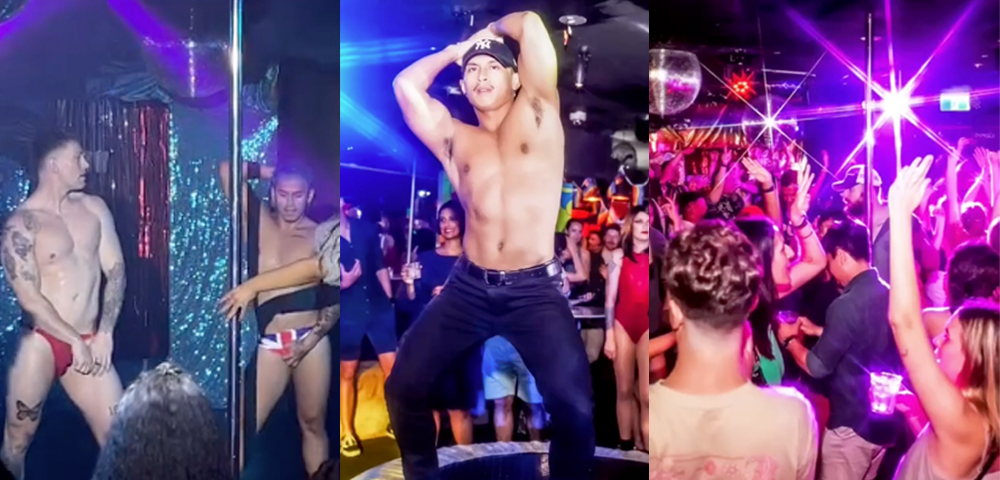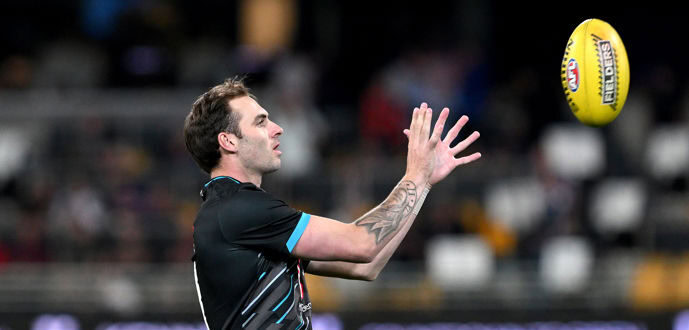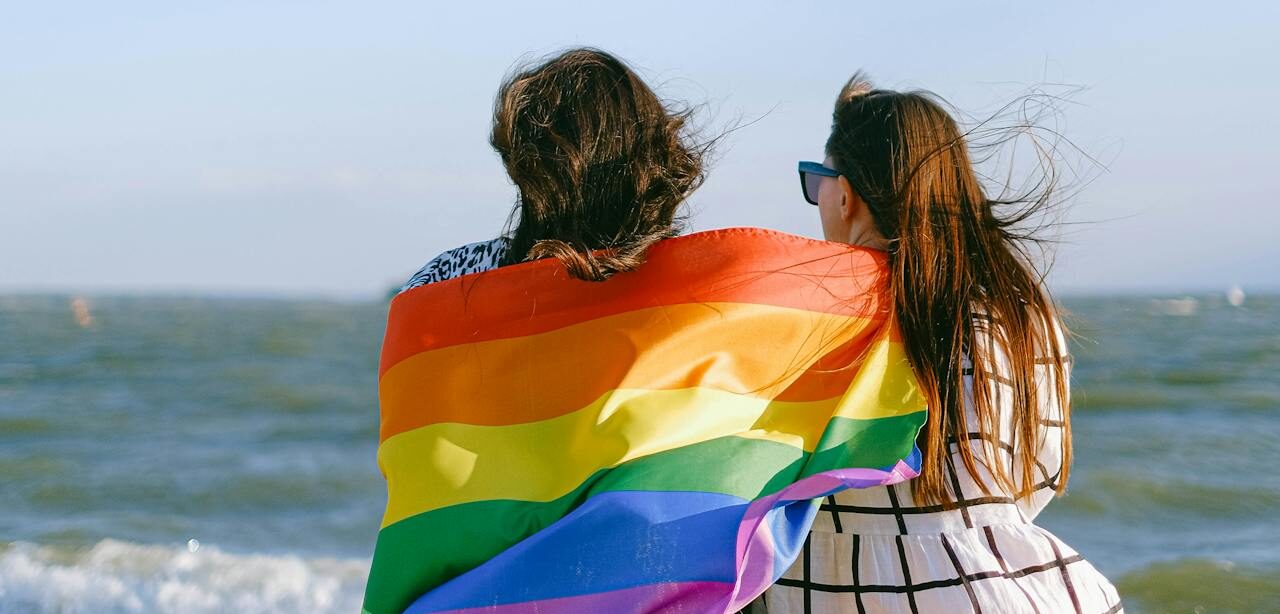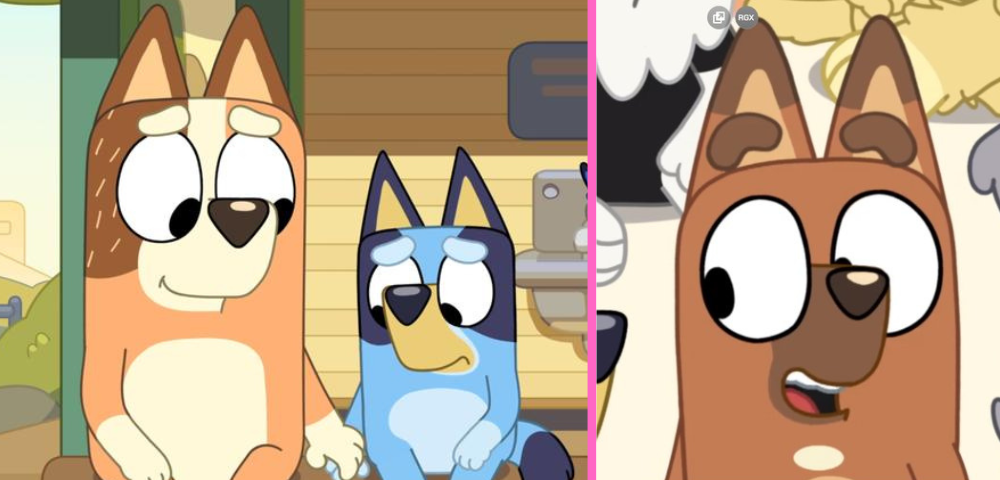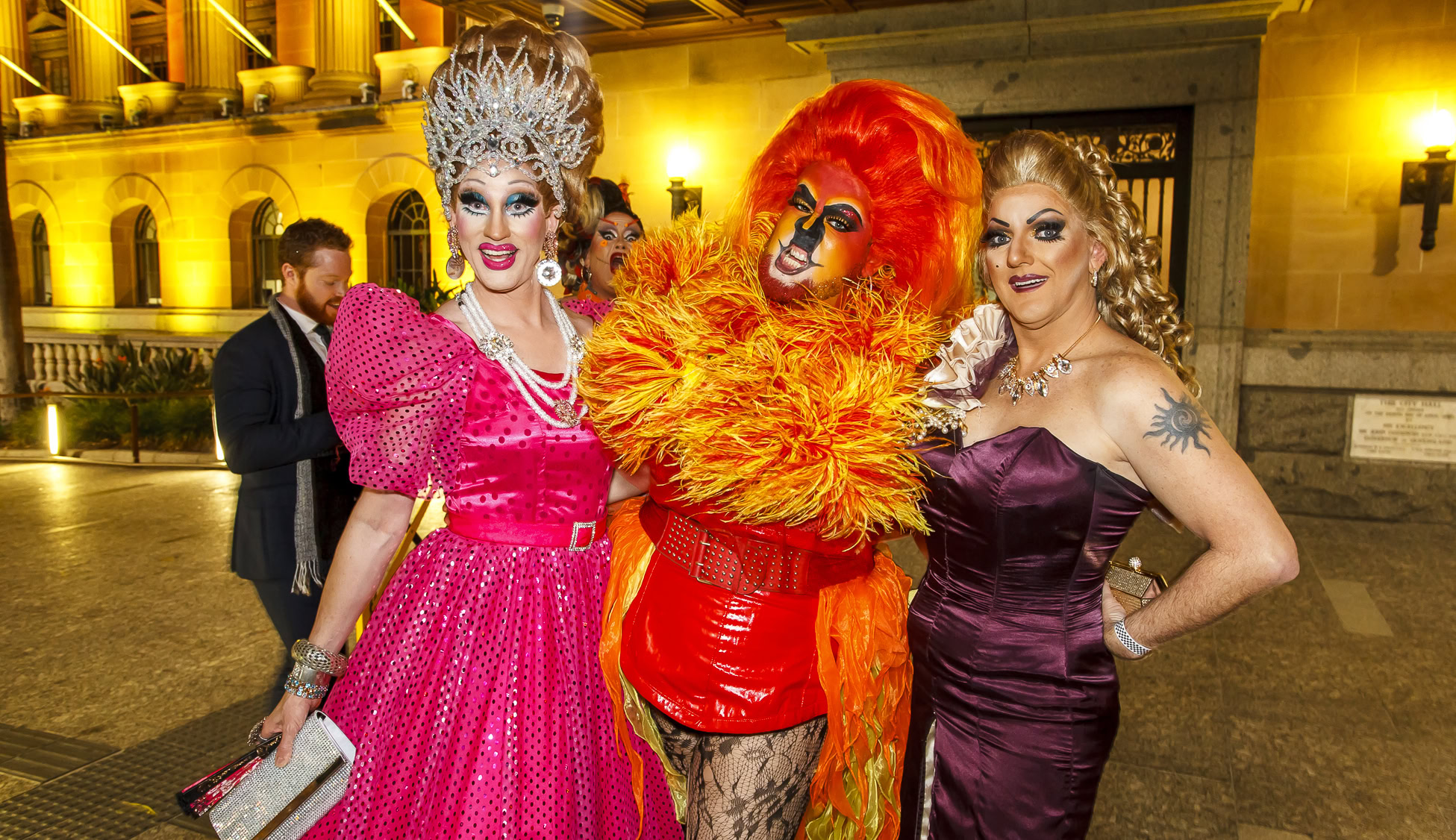
Shedding light on challenges of LGBTI acceptance in diverse cultures
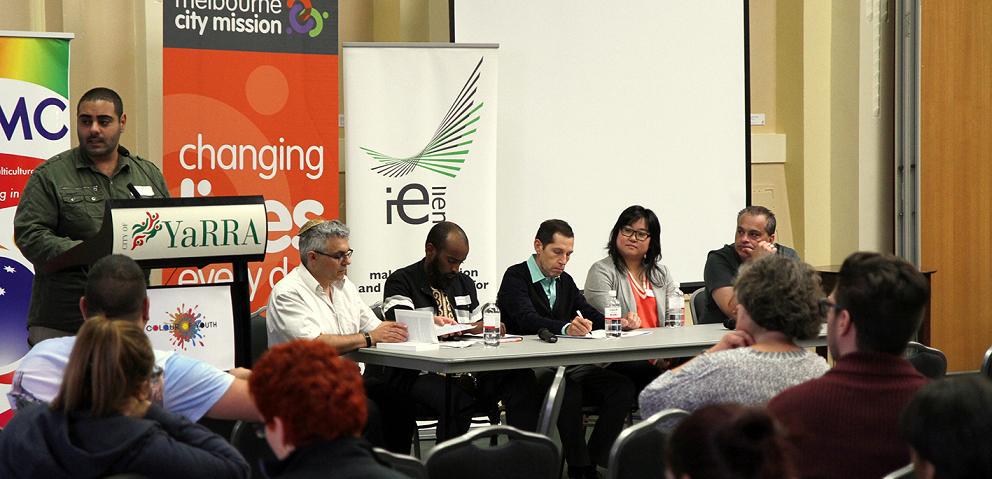
A CONFERENCE on same-sex attracted and sex and gender diverse (SSASGD) young people from culturally and linguistically diverse communities gave the LGBTI community a chance to discuss the challenges of supporting youth in between two worlds.
The recent Colour of Youth conference saw Melbourne’s LGBTI community and the city’s cultural and religious community leaders come together to grapple with some of the issues facing SSASGD young people with culturally and religiously-diverse backgrounds.
A highlight of the day was a panel discussion on religion, where representatives from both Judaism and Islam made arguments for using religious teachings rooted in equality and acceptance as a basis for rejecting the persecution of LGBTI people.
Rabbi Jonathan Keren-Black from the Leo Baeck Centre for Progressive Judaism said the broader community had to understand the huge diversity of views held within Judaism, and within other religions.
“The first thing you can practically do is all hear and be aware that there is a progressive approach in Judaism, and I believe there is a progressive approach in all the faiths. They all have this spectrum from conservative to liberal,” Keren-Black said.
The panel moderator identified a lack of understanding of these communities from LGBTI people as a problem.
“I think especially in the GLBT community, we have a problem when someone is from a religious background or a cultural background, there’s always people who want to talk at them or tell them their culture is so backwards,” he said.
Panellists also discussed the practicalities of engaging with religious and cultural difference as service providers for SSASGD young people.
Australian GLBTIQ Multicultural Council president Tony Mordini said understanding these communities was vital for being able to effectively support young people who may be struggling to reconcile their cultural identity with their sexual or gender identity.
“What really interests me is when a community or a family doesn’t accept an individual, doesn’t welcome them, irrespective of who they are, then what does that do to some people? It puts them at risk, it makes them feel alienated, it makes them feel not part of the community,” he said.
“For me, when I’m working with young people in a counselling context that is another dimension in the back of my mind. Is their world—whether it be Christian, Jewish, Muslim, etc — adding another layer, another burden to their trauma? If so, that’s also what I’m trying to unpack.”





